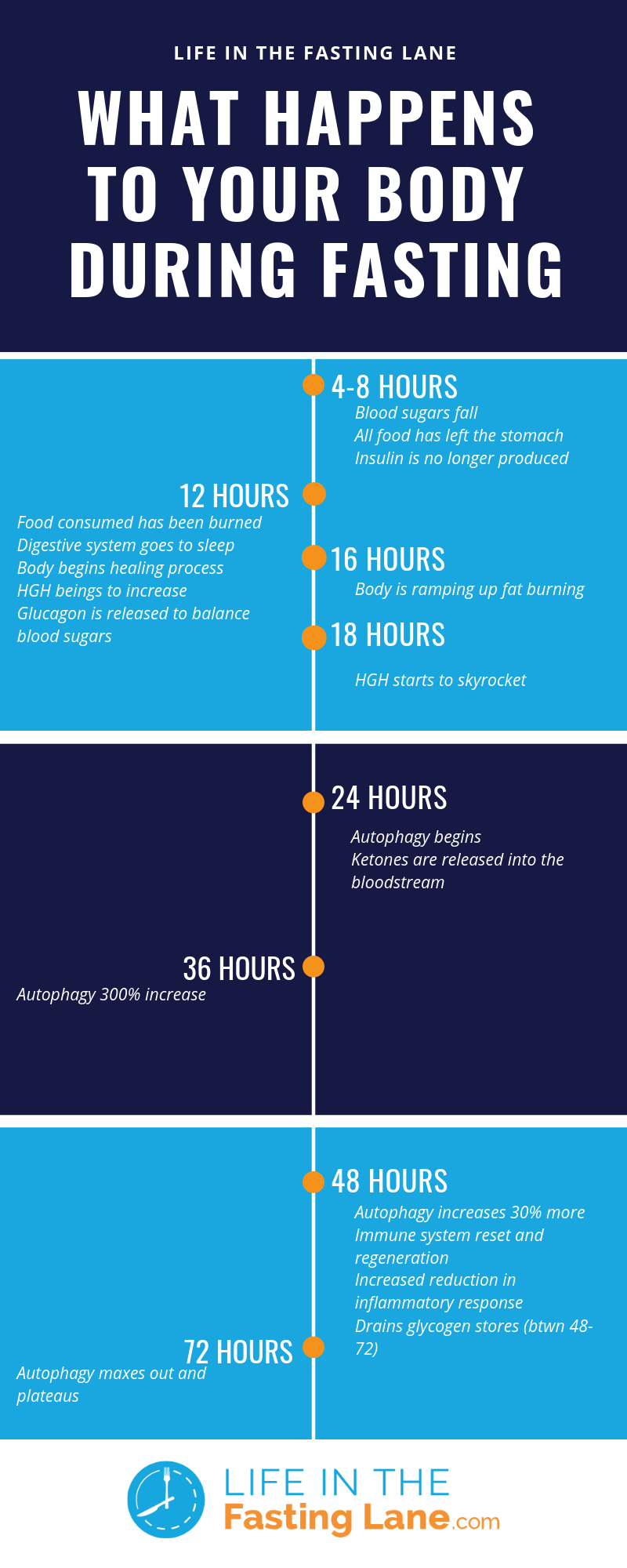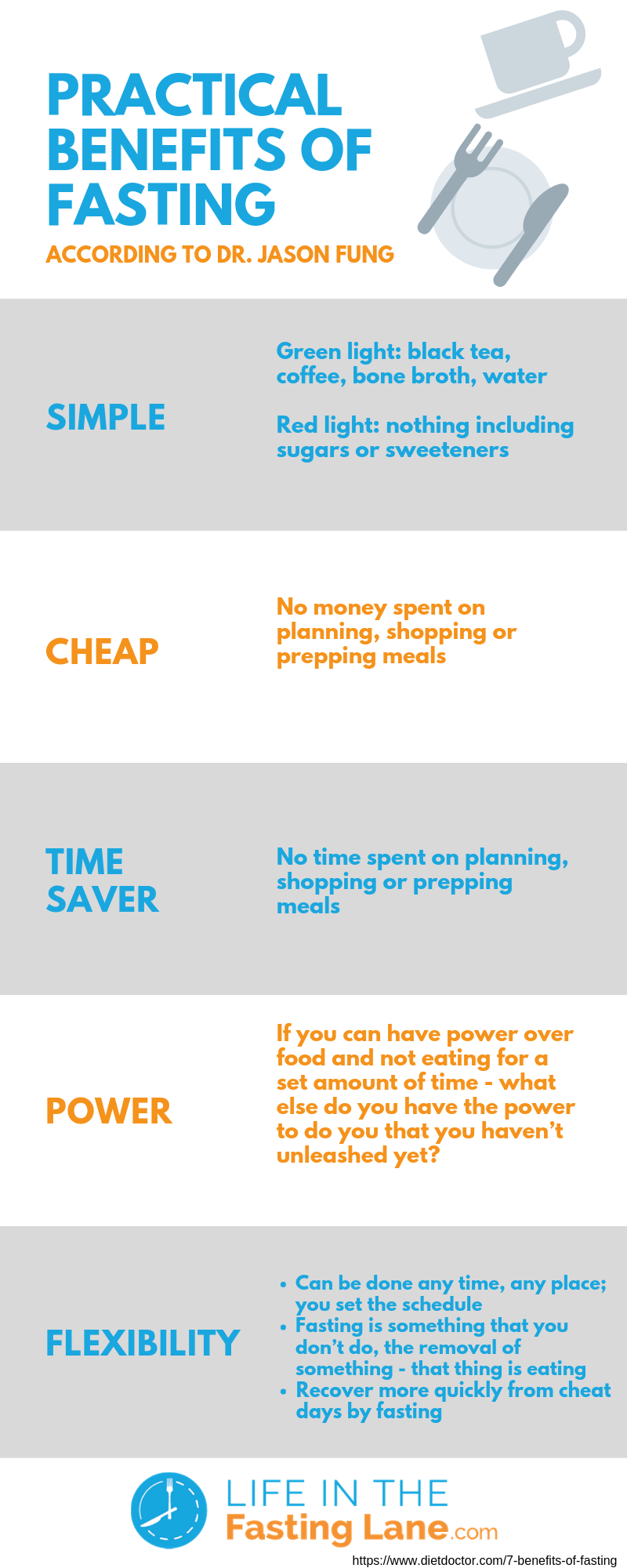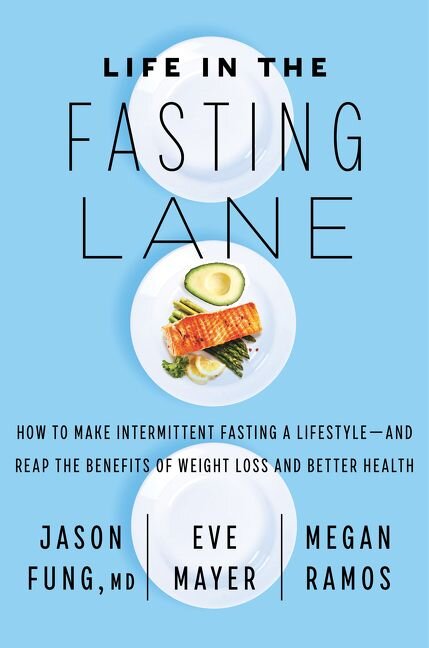“The best of all medicines are resting and fasting”
— Benjamin Franklin
How Fasting Works
Our bodies have two sources of fuel, the calories that we eat and fat stored on our bodies. When we don’t eat, the body then turns to stored fat for fuel, resulting in fat loss. The body is either storing food energy (feasting) or we are burning it (fasting). When fasting and feasting work together in harmony, there is no weight gain.
“Insulin rises when we eat, helping to store the excess energy. There is, however, limited storage space; and once that is reached, the liver starts to turn the excess glucose into fat. This process is called De-Novo Lipogenesis (meaning literally Making Fat from New).
Some of this newly created fat is stored in the liver, but most of it is exported to other fat deposits in the body. While this is a more complicated process, there is no limit to the amount of fat that can be created.”
Fasting isn’t a new thing, the human species has been fasting and feasting since the dawn of time. Food preservation and storage is a relatively new invention - the cavemen certainly didn’t have it. They would hunt, gather and feast because they didn’t know when they would be able to feast again. And when food was unavailable? They just didn’t eat.
You also fast every day without realizing it. What do you think breakfast is? You are "breaking the night's fast."
In recent years, the practice of fasting for health benefits has re-entered the public consciousness and millions of people are beginning to rediscover the powerful positive changes that can be achieved through intermittent and extended fasting.
Saving money and time
Eating 6 times a day is bad science, but excellent marketing intended to sell products and packaged foods.When you are ready to learn more about the medical and scientific aspects of fasting we recommend you check out:
And when you are looking for ways to make intermittent fasting a part of your regular routine, be sure to visit our blog right here at Life in the Fasting Lane for tips, tricks and resources to help achieve your optimal health and hotness!








